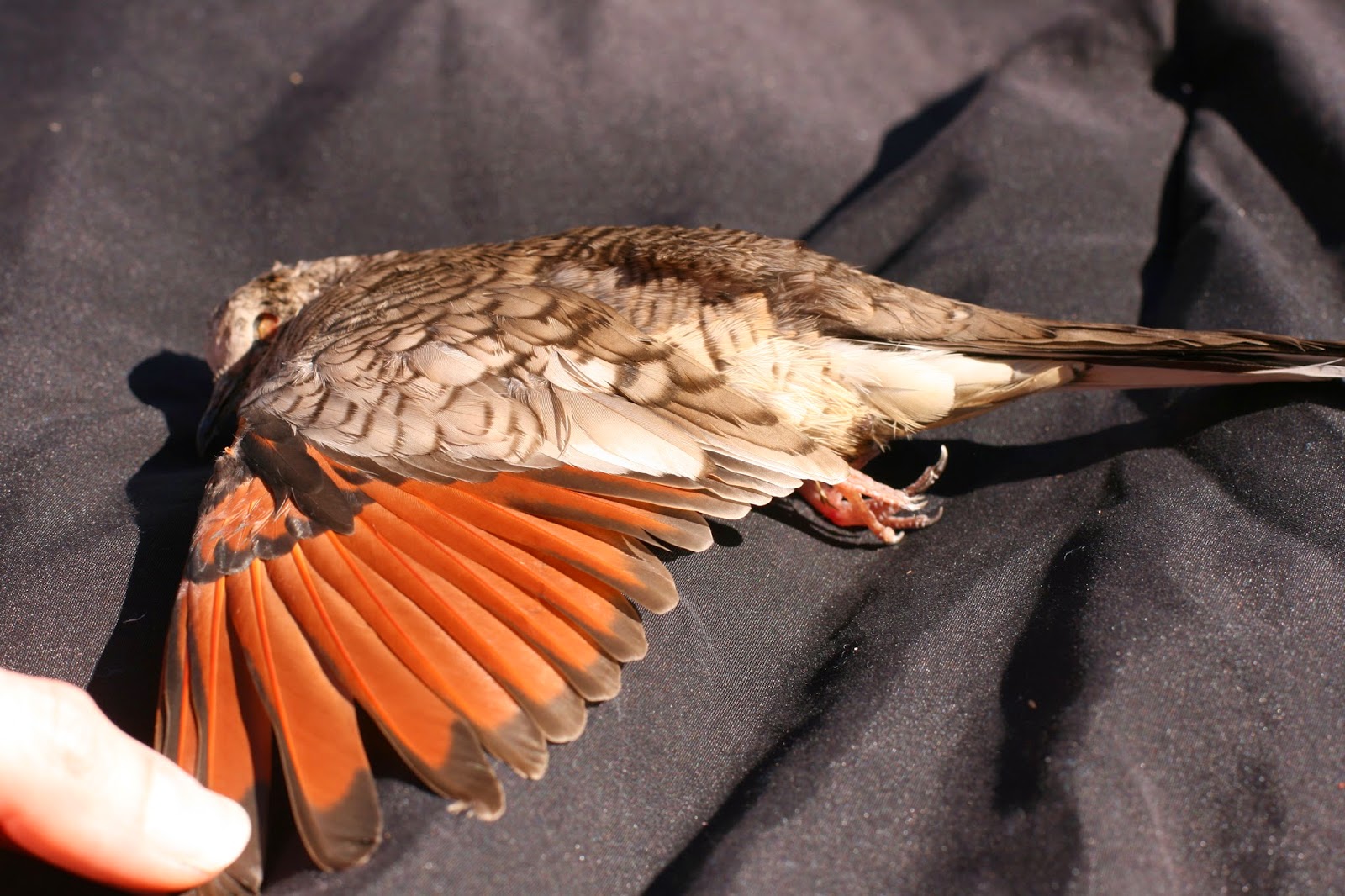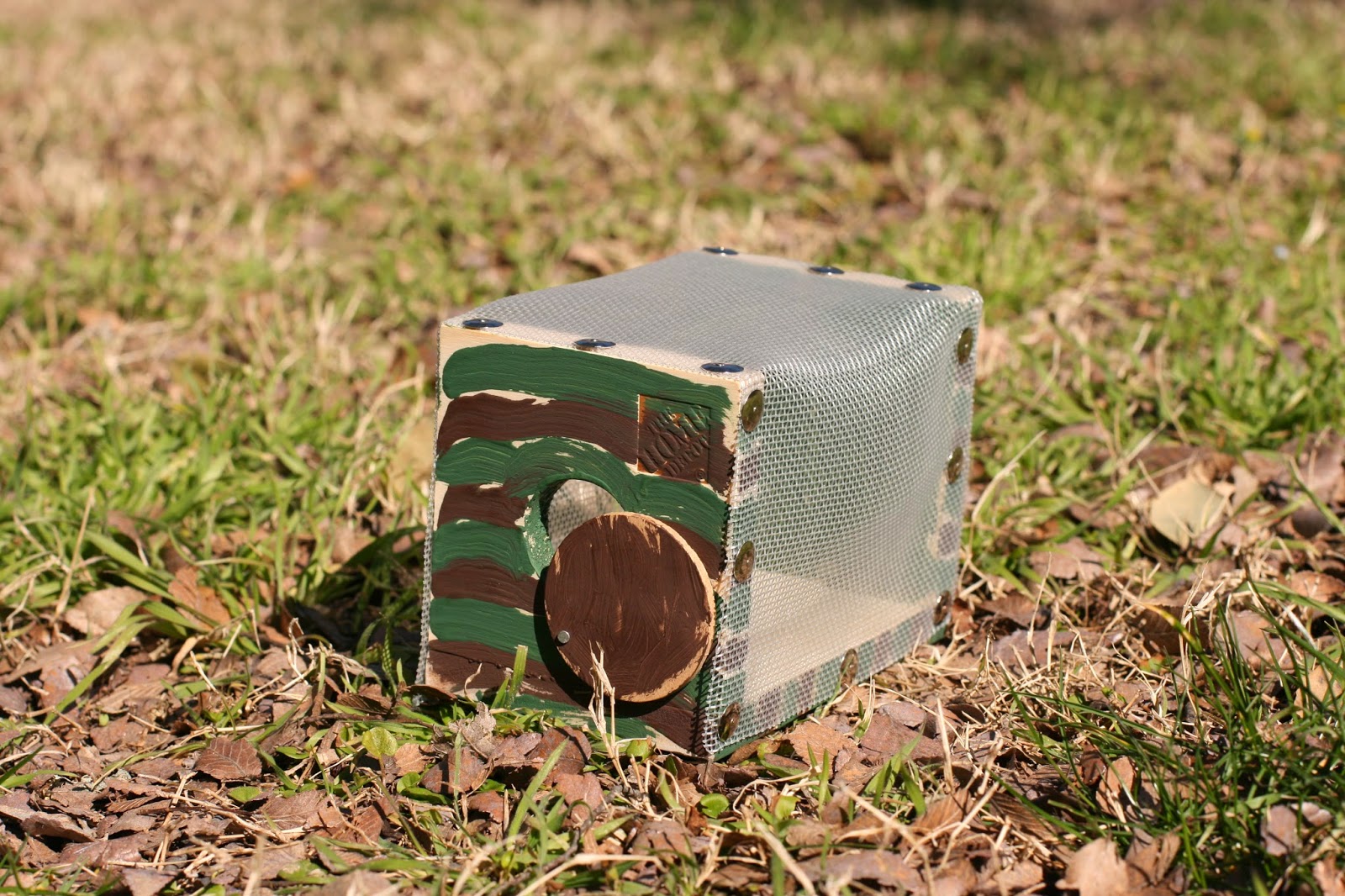"...let him follow the adventures of a traveller..."
-CM, Vol 1: Home Education, p 275
Komroff's Marco Polo is such a great read. And it's one of those that my Year 3 budding-reader can begin to read parts for himself. I am striving this year to wean Royal into more independent reading. The free reading time I allot for him on a daily basis is sure-fire training ground for becoming a more confident reader! (See the Royal's Reads tab above for his running log). He is also not complaining as much anymore about getting tired when he reads for more than 10 minutes.


Royal is able to narrate quite well whether I read to him or he reads by himself. And I find it satisfying that while he reads independently, sometimes from the other room he yells out something interesting he has just come across. (self-directed narration maybe?) Sometimes he narrates orally. Other times, he incorporates a drawing. He loves drawing.
As this selection is in the Geography coursework, we also use it for studying the route of legendary Marco Polo's travels from Italy to Cathay (ancient China). As we read through the text, I underline in pencil new places mentioned. Afterwards, or another day, we get out a blank map I have printed from the Internet, and we search for these locations. Sometimes we use a giant picture atlas book; however, more often than not we end up having to research online, as many of the place names from Marco Polo's time are old names, which now have updated titles. (i.e. Persia is Iran; Kashgar is Kashi; Peking is Beijing)
Since we have now entered into reading Polo's travels across China, I printed a map of China only. For this portion of mapping, I had him trace the outline of the country himself. He really enjoyed this and decided to go ahead and add the surrounding countries as well!

"...a sketch-map following the traveller's progress..."
-CM, Vol 1: Home Education, p 275
 |
| (Oh, and he was inspired to sketch a compass below to make it more official.) |
"...geography should be learned chiefly from maps..."
-CM, Vol 1: Home Education, p 278
































